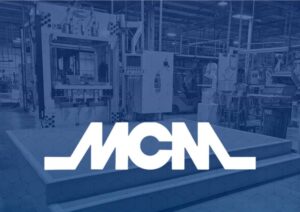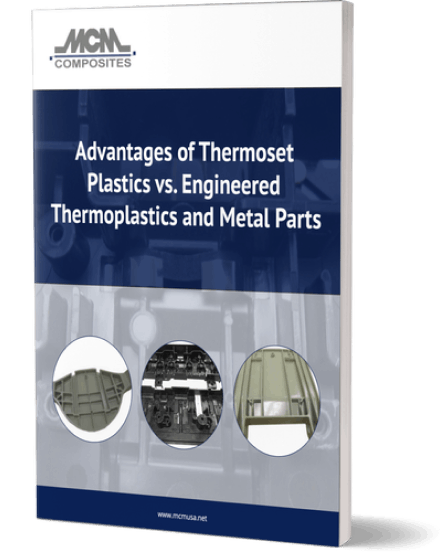December 13, 2024
Thermoset Plastics vs PEEK
There are two main categories of plastics: thermosets and thermoplastics. Due to a change in molecular structure, thermoset materials keep their form and remain solid under heat once cured. Thermoplastics can be repeatedly reground, reheated and remolded. In addition to the difference in their reactions to the application of heat, these material groups also demonstrate other distinct characteristics that make them suitable for different use cases.
Below, we highlight PEEK, a commonly used engineered thermoplastic material. We outline what properties it exhibits, what it is used for, and how it compares to thermoset plastics.
What is PEEK?
Polyetheretherketone (PEEK) is a semi-crystalline thermoplastic with excellent mechanical and chemical properties. In addition to resistance to chemicals, radiation, water absorption, and wear, it offers thermal stability in temperatures up to 480° F. It can also face hot water or steam without compromising its physical properties. These qualities, combined with its strength and stiffness, make it a suitable material for parts and products used in demanding environments. It is commonly used to make components for industries such as aerospace, automotive, medical, and semiconductor.
Advantages of Thermoset Plastics Over PEEK
As a high-performance thermoplastic material, PEEK finds use in many industrial applications. However, thermoset plastics demonstrate a variety of characteristics that can make them a better option for certain manufacturing projects. For example, since thermoset plastics undergo an irreversible chemical change when cured, they typically offer better thermal stability than any thermoplastic material, including PEEK.
Other key advantages thermosets have over PEEK include:
- Lower cost. In addition to being generally less expensive than alternative materials, thermoset plastics can also save money during the manufacturing process. A single mold can be used to create complex parts with many options in using inserts in a product design. Inserts can be molded-in during the molding cycle or tapped/press-fit into the part after molding.
- Greater design freedom. Thermosets can be molded into nearly any geometry, which provides designers and engineers with greater freedom when creating a design.
- Better physical and chemical properties. In addition to thermal stability, thermosets offer superior strength, stiffness, dimensional stability, and durability when compared to thermoplastics. As a result, components made from them can withstand harsher operating and environmental conditions. They also exhibit other advantageous physical properties, such as low water absorption, low smoke and toxicity, and low specific gravity.
Working with MCM Composites
Need a manufacturing partner with experience working with thermoset plastics? Turn to the experts at MCM Composites. We can help you develop the right molding solution for your PEEK application, whether it involves environmental temperature requirements up to and exceeding 500°F or multi-piece to single-piece conversions.
For more information about our thermoset molding capabilities and how they can benefit your manufacturing processes, contact us today. To discuss your thermoset molding needs with one of our team members, request a quote.

